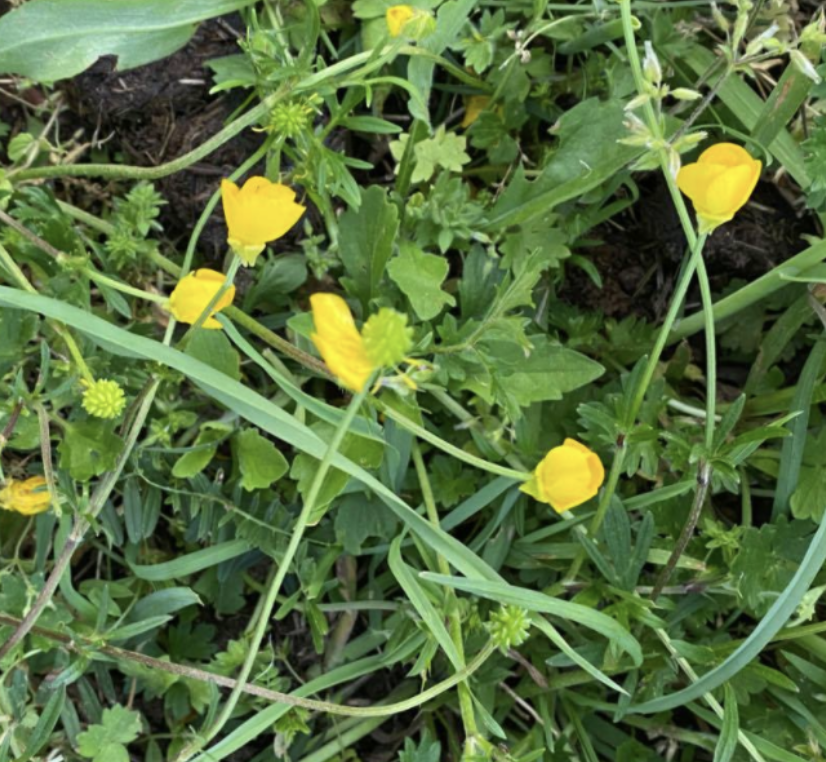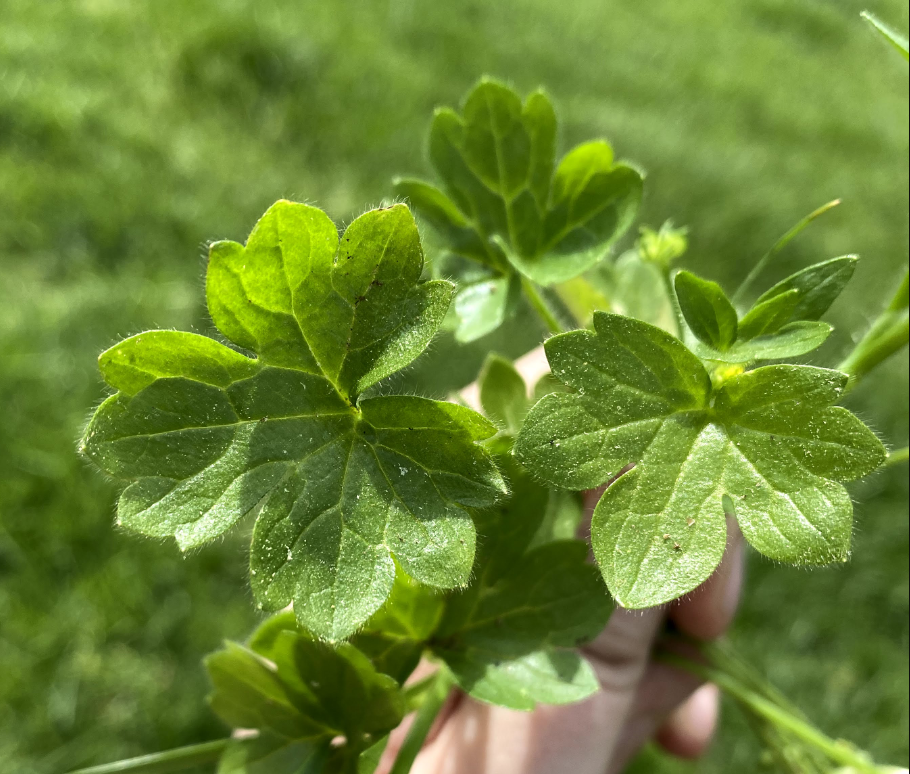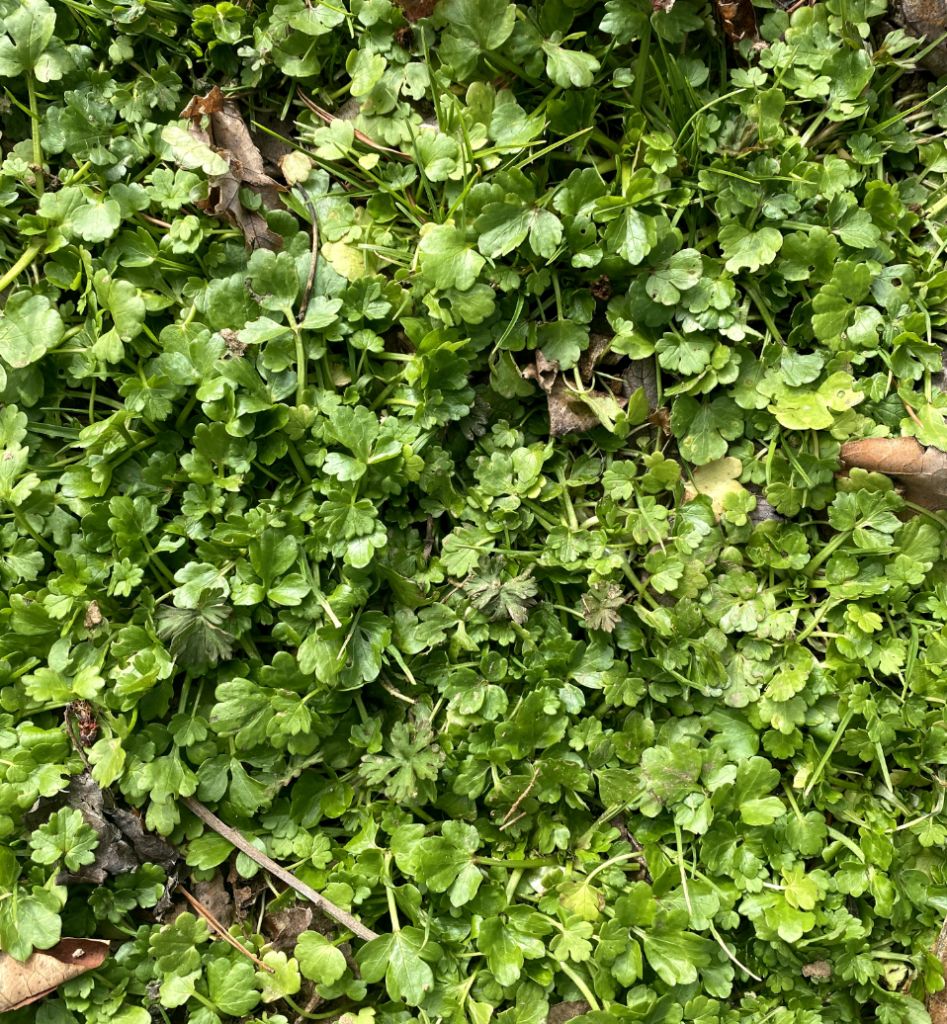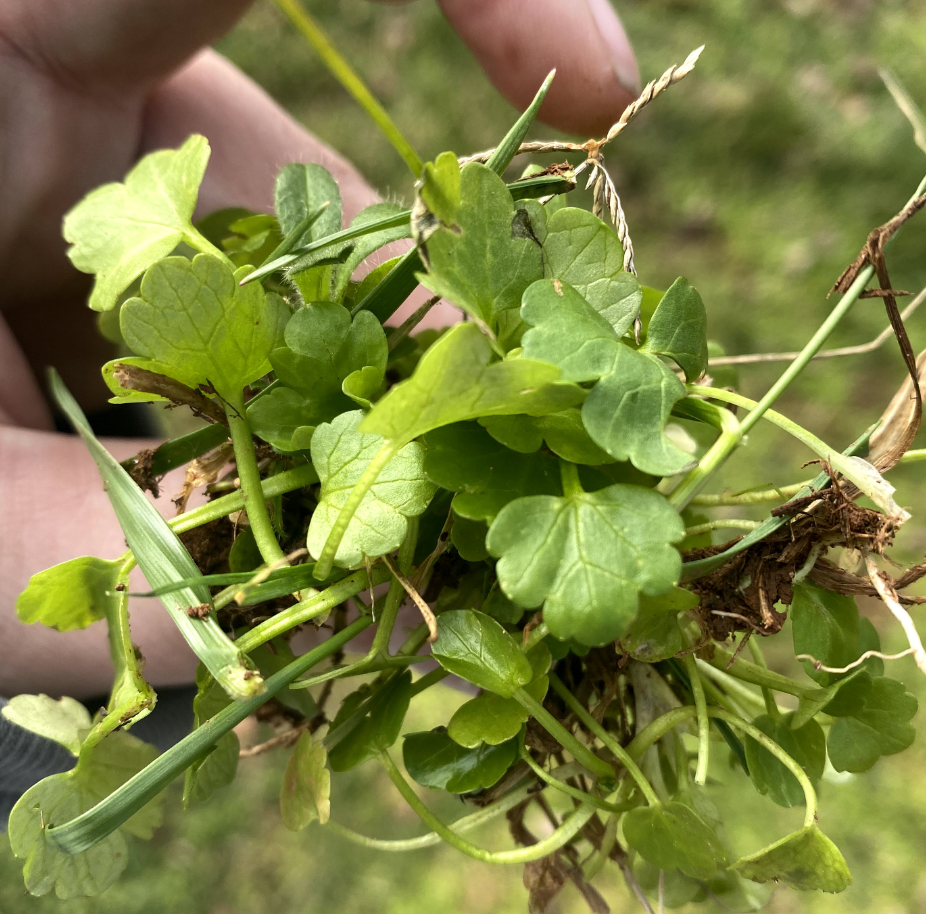Buttercup Control in Pastures
go.ncsu.edu/readext?989521
en Español / em Português
El inglés es el idioma de control de esta página. En la medida en que haya algún conflicto entre la traducción al inglés y la traducción, el inglés prevalece.
Al hacer clic en el enlace de traducción se activa un servicio de traducción gratuito para convertir la página al español. Al igual que con cualquier traducción por Internet, la conversión no es sensible al contexto y puede que no traduzca el texto en su significado original. NC State Extension no garantiza la exactitud del texto traducido. Por favor, tenga en cuenta que algunas aplicaciones y/o servicios pueden no funcionar como se espera cuando se traducen.
Português
Inglês é o idioma de controle desta página. Na medida que haja algum conflito entre o texto original em Inglês e a tradução, o Inglês prevalece.
Ao clicar no link de tradução, um serviço gratuito de tradução será ativado para converter a página para o Português. Como em qualquer tradução pela internet, a conversão não é sensivel ao contexto e pode não ocorrer a tradução para o significado orginal. O serviço de Extensão da Carolina do Norte (NC State Extension) não garante a exatidão do texto traduzido. Por favor, observe que algumas funções ou serviços podem não funcionar como esperado após a tradução.
English
English is the controlling language of this page. To the extent there is any conflict between the English text and the translation, English controls.
Clicking on the translation link activates a free translation service to convert the page to Spanish. As with any Internet translation, the conversion is not context-sensitive and may not translate the text to its original meaning. NC State Extension does not guarantee the accuracy of the translated text. Please note that some applications and/or services may not function as expected when translated.
Collapse ▲Are your pastures filled with pretty little yellow flowers in the spring time? While there are different kinds of this weed with small variations in leaf and flower characteristics, you are most likely looking at buttercup. It may be pretty to look at for now, but it is not ideal for pastures and can be an indicator of needed change.
Buttercup is a winter annual weed, meaning that it germinates in the fall, grows into winter, then flowers and seeds out in early spring. According to Dr. J.D. Green, Extension Weed Scientist with the University of Kentucky, “this plant often flourishes in overgrazed pasture fields with poor stands of desirable forages. In fact, many fields that have dense buttercup populations are fields heavily grazed by animals during the fall through the early spring months”.
Seeing a dense stand buttercup in your pastures should begin the thought process of what changes you might need to consider.
Ask yourself these questions to start:
- Have you taken a soil sample in the last three years?
- If you have taken a soil sample recently, did you apply lime and fertilizer per those recommendations?
- What measures do you take to ensure that your pasture is not overgrazed?
- What is your stocking rate? (# of animals per acre)
- Do you rotate pastures?
- How short is your grass when you rotate?
These questions are a great starting point for re-evaluating your management plan for your pastures. Reach out to your local extension agent to continue this conversation.
IF you are already seeing the small yellow flowers of buttercup, it may be too late to consider chemically controlling it this year. However, it is the perfect time to start planning for next year. This includes answering the above questions, taking a soil sample, and knowing your control options.
- Buttercup emerges from seed and actively grows in the fall and winter. Encouraging plant growth during these seasons is one of the best ways to counteract your buttercup population. You want desirable crops growing to outcompete the buttercup. This could mean over-seeding with a cool-season grass, winter annual cover crop, or correctly applying lime and fertilizer (per a soil sample recommendation).
- Mowing in early spring before the small yellow flowers appear can help reduce the amount of seeds being produced, but will not be enough to control buttercup effectively.
- For chemical control, herbicides registered for use on grass pastures that contain 2,4-D will effectively control buttercup. Depending on other weeds present, another product may be more effective for your situation. However, legumes, such as clovers, can be severely injured or killed.
- For optimum results and control of buttercup, apply a herbicide in the early spring (February – March) before flowers are observed, when buttercup plants are still small and actively growing.
- For best herbicide activity wait until daytime air temperatures is greater than 50 F for two to three consecutive days. Always consult and fully read the herbicide label before using any product.
- A fall application of herbicide can be effective as well, because buttercup is a winter annual – it starts it’s growing season in the fall. If you miss your window this spring and know you have buttercup in your fields, write it on your calendar to scout for buttercup this fall and spray accordingly.








